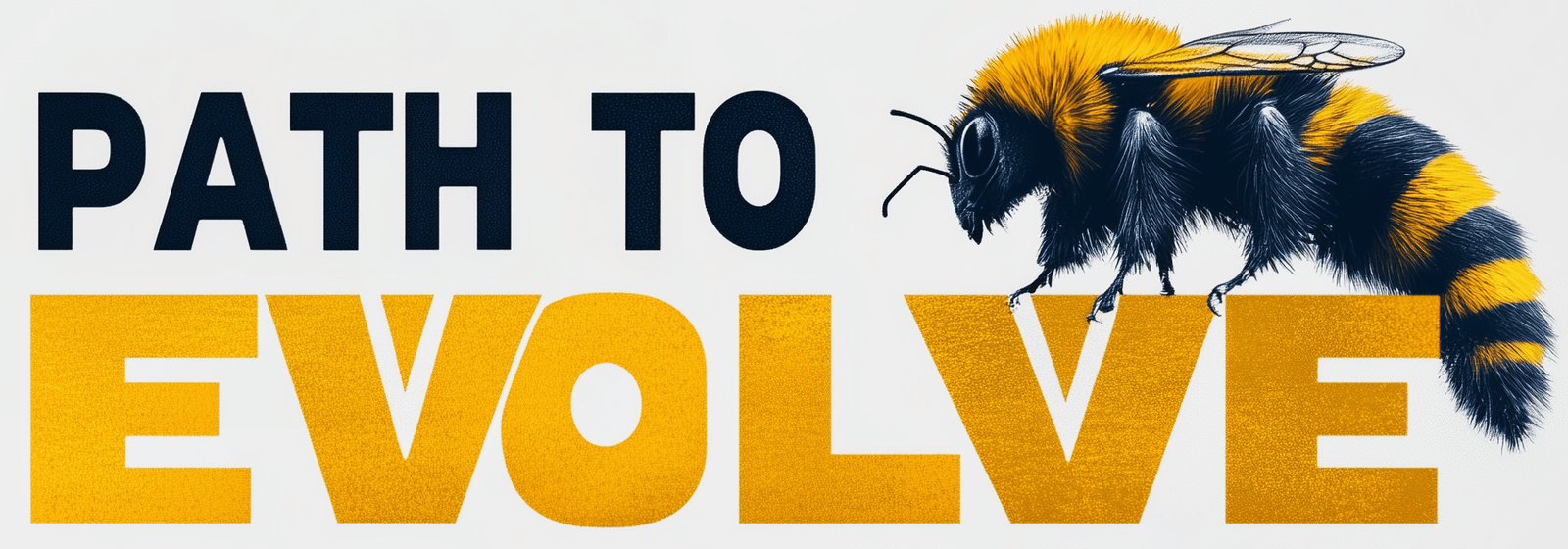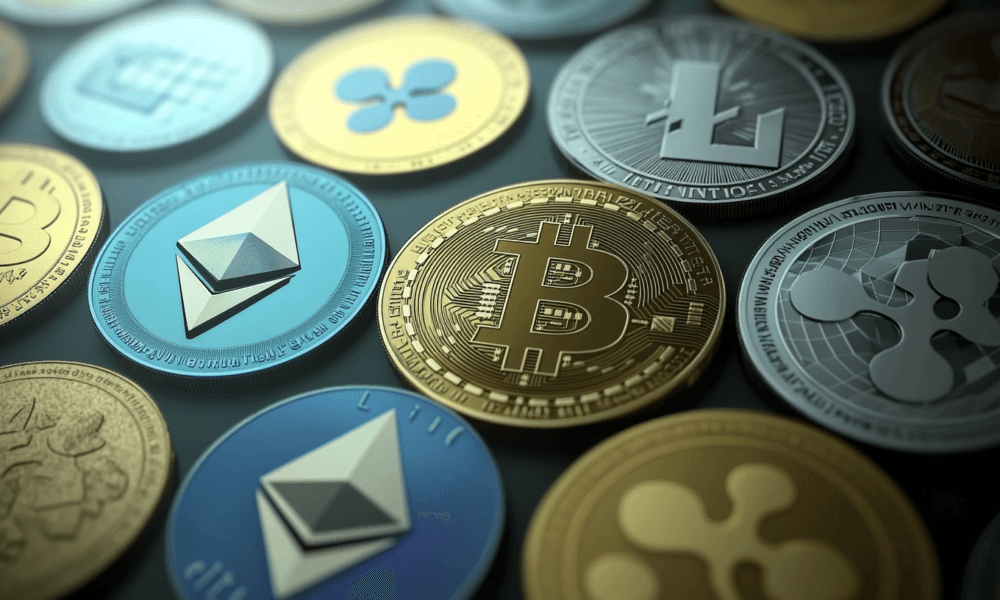Beyond Bitcoin: Exploring the World of Altcoins and Decentralized Finance
Bitcoin may be the most well-known cryptocurrency, but it is just the tip of the iceberg in the vast world of digital currencies and decentralized finance (DeFi). Beyond Bitcoin, there exists a diverse landscape of altcoins and DeFi applications that are revolutionizing how people think about finance, investing, and technology. In this article, we will explore the growing world of altcoins, the role of stablecoins, the impact of decentralized exchanges, and the rise of yield farming within the DeFi ecosystem. Whether you’re a crypto novice or an experienced investor, understanding these concepts will help you navigate this evolving financial landscape.
What are Altcoins?
The term “altcoin” is used to describe all cryptocurrencies other than Bitcoin. The word is a combination of “alternative” and “coin,” meaning that altcoins are considered alternatives to Bitcoin. Since Bitcoin’s inception in 2009, thousands of altcoins have emerged, each with unique features, uses, and technological innovations. These altcoins aim to improve upon the limitations of Bitcoin or explore entirely new functionalities.
Popular Altcoins and Their Use Cases
- Ethereum (ETH): Ethereum is the second-largest cryptocurrency by market capitalization and is well-known for its smart contract functionality. Unlike Bitcoin, which is primarily a store of value, Ethereum provides a platform for developers to build decentralized applications (dApps). This feature has made Ethereum the backbone of the DeFi movement, allowing for the creation of decentralized exchanges, lending protocols, and more.
- Ripple (XRP): Ripple is designed to facilitate fast and cost-effective cross-border payments. Ripple’s technology aims to improve international money transfers by reducing the time and cost associated with traditional banking methods. Ripple’s XRP token acts as a bridge currency, making it possible to convert between different fiat currencies quickly.
- Litecoin (LTC): Often referred to as the “silver to Bitcoin’s gold,” Litecoin is a peer-to-peer cryptocurrency that offers faster transaction confirmation times compared to Bitcoin. Litecoin aims to be a practical alternative for everyday transactions and has developed several technical improvements, such as the Lightning Network.
- Cardano (ADA): Cardano is a blockchain platform that focuses on scalability, security, and sustainability. It utilizes a proof-of-stake consensus mechanism, which is more energy-efficient compared to the proof-of-work method used by Bitcoin. Cardano also enables smart contracts, making it a strong competitor to Ethereum.
- Polkadot (DOT): Polkadot aims to connect multiple blockchains, enabling them to work together seamlessly. This interoperability allows for the transfer of data and value across different blockchain networks, enhancing the flexibility and scalability of decentralized applications.
Introduction to Decentralized Finance (DeFi)
Decentralized finance, or DeFi, is a movement aimed at creating a more open, transparent, and permissionless financial system built on blockchain technology. Unlike traditional finance, which relies on centralized intermediaries like banks, DeFi uses blockchain-based smart contracts to facilitate transactions and provide financial services. This decentralized approach allows users to have greater control over their assets and eliminates the need for middlemen.
Key Components of the DeFi Ecosystem
- Stablecoins: Stablecoins are a critical component of the DeFi ecosystem. Unlike other cryptocurrencies that experience significant price volatility, stablecoins are pegged to a stable asset like the U.S. dollar or gold. This makes them ideal for use in DeFi applications, as they provide a stable medium of exchange and store of value. Some popular stablecoins include:
- Tether (USDT): USDT is one of the oldest and most widely used stablecoins. It is pegged to the U.S. dollar, which helps maintain a stable value, making it a popular choice for trading and transferring value within the crypto ecosystem.
- USD Coin (USDC): USDC is another dollar-pegged stablecoin that has gained popularity due to its transparency and regulatory compliance. USDC is used in a variety of DeFi protocols for lending, borrowing, and trading.
- DAI: DAI is a decentralized stablecoin created by the MakerDAO protocol. Unlike other stablecoins that are backed by fiat reserves, DAI is backed by crypto assets and maintains its peg through smart contracts and collateralization mechanisms.
- Decentralized Exchanges (DEXs): Decentralized exchanges are platforms that allow users to trade cryptocurrencies directly with one another without the need for an intermediary. Unlike centralized exchanges like Coinbase or Binance, DEXs do not hold users’ funds, reducing the risk of hacks and theft. Popular DEXs include:
- Uniswap: Uniswap is one of the most well-known DEXs built on the Ethereum blockchain. It uses an automated market maker (AMM) model, which allows users to trade tokens without relying on traditional order books.
- SushiSwap: SushiSwap is a fork of Uniswap and offers similar functionality, but with additional incentives for liquidity providers, such as yield farming opportunities.
- PancakeSwap: PancakeSwap is a DEX built on the Binance Smart Chain, providing users with lower fees and faster transactions compared to Ethereum-based DEXs.
- Yield Farming and Liquidity Mining
Yield farming, also known as liquidity mining, is a popular strategy in the DeFi space that allows users to earn rewards by providing liquidity to DeFi protocols. In yield farming, users deposit their assets into liquidity pools, which are then used to facilitate trading on decentralized exchanges. In return, users receive a share of the trading fees and additional token rewards. This process allows investors to generate passive income from their crypto holdings.
Yield farming can be lucrative, but it also comes with risks, such as impermanent loss, where the value of assets in a liquidity pool may fluctuate relative to holding them outside the pool. Additionally, DeFi protocols can be vulnerable to hacks and smart contract bugs, making it important for yield farmers to carefully assess risks before participating.
The Future of Altcoins and DeFi
The future of altcoins and DeFi is promising, with continued innovation and growing adoption across the financial sector. Below are some key trends that are expected to shape the future of this space:
1. Layer 2 Scaling Solutions
As the popularity of DeFi grows, blockchain networks like Ethereum have faced challenges with scalability and high transaction fees. Layer 2 scaling solutions, such as Optimistic Rollups and zk-Rollups, are being developed to address these issues. These solutions work by processing transactions off-chain and then bundling them into the main blockchain, reducing congestion and improving scalability.
2. Cross-Chain Interoperability
Cross-chain interoperability will play a major role in the future of altcoins and DeFi. Projects like Polkadot and Cosmos are working to create ecosystems where multiple blockchains can communicate and share data seamlessly. This will enable greater flexibility in DeFi applications and allow users to move assets across different blockchain networks without friction.
3. Regulatory Developments
As DeFi and altcoins continue to grow, they are drawing the attention of regulators worldwide. Regulatory clarity will be crucial for the mass adoption of DeFi and altcoins, as it will help protect investors and ensure that the industry operates within the bounds of the law. However, striking a balance between innovation and regulation is a challenge that the industry will need to navigate in the coming years.
4. Growth of Decentralized Autonomous Organizations (DAOs)
Decentralized autonomous organizations (DAOs) are becoming an increasingly important part of the DeFi ecosystem. DAOs are organizations that are governed by smart contracts and community members rather than centralized entities. They allow token holders to propose and vote on changes to a protocol, giving users greater control over the future direction of a project. The rise of DAOs will continue to shape the governance structure of DeFi protocols and altcoin projects.
Conclusion
The world of altcoins and decentralized finance goes far beyond Bitcoin, offering a wealth of opportunities and innovations that are reshaping the financial landscape. From the diverse use cases of altcoins like Ethereum and Cardano to the rapid growth of DeFi applications such as decentralized exchanges, stablecoins, and yield farming, the future of finance is becoming more decentralized and accessible. While challenges such as scalability and regulation remain, the continued evolution of altcoins and DeFi holds great promise for transforming how people interact with money, investments, and financial services.




No Comment! Be the first one.